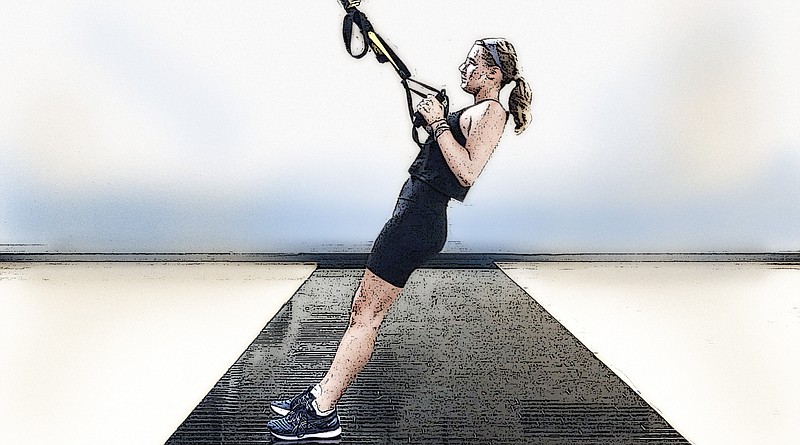When we say the word "posture," people reflexively sit up straight and move their shoulders back while lifting the chin.
They stay in this position for about five seconds before relaxing back into their normal seated slump.
Poor posture is a problem for our generation of technology-focused occupations, and it causes many musculoskeletal miseries.
The old "sit up straight" line that my mother used on me is more relevant than ever. If I had only known that, 35 years later, I would be spending seven to eight hours a day at a computer, I probably would have listened a little more. As mothers tend to be, she was right.
My postural awareness is better than ever, but still I face discomfort, soreness and muscular fatigue after a big day of computer work. The problem is that it is easy to sacrifice one's own comfort in exchange for more efficiency. A little twinge in the neck occurs but it's no big deal. My wrist goes numb for a few seconds and I shake it out — then keep typing.
These are little signals the body sends to notify workers that they are pushing their bodies too hard and using poor postural and ergonomic technique.
I am as guilty as anyone, particularly because I justify poor posture with the fact that I am generally active outside of work. The trouble with that logic is that physical activity cannot, by itself, counteract the negative musculoskeletal outcomes associated with extended periods of poor posture.
Even the fittest of athletes will succumb to neck pain, wrist pain or lower back discomfort if subjected to 40 hours of poor seated posture every week.
So, what's the answer? It is about practice, practice and more practice.
Postural awareness is only valuable if one puts a plan into action.
It is important to stand up every 60 minutes to stretch the neck, chest, back and leg muscles. Walk around the office, backyard or wherever your workstation is. Have a conversation, drink some water and do some little stretching exercises.
This single tip will prevent a lot of problems; but continued good posture also requires muscular strength.
To maintain a solid, upright position at your workstation your muscles must be strong enough to support your body weight. These muscles include the trapezius, rhomboids and spinal erectors (among others).
This week's exercise is designed to strengthen those key postural muscles. It's a simple TRX activity that is appropriate for all fitness levels.
[Video not visible? See arkansasonline.com/726master.]
1. Using both hands, grasp the TRX handles.
2. Stand facing the wall while leaning back with both arms and legs fully extended.
3. Pull your torso halfway up toward the wall and stop.
4. In this position, perform 12 "pulses," which are mini repetitions that only move the torso a few inches up and down. The idea is to keep moving, but keep the range of motion very small and controlled.
5. Perform two sets of 20.
The TRX Pulse Row is a very comfortable exercise that challenges postural muscles with a smooth, easy to understand technique.
Now is the time to activate those upper back muscles in anticipation for a workday filled with upright posture and reduced back fatigue. Let's get it!
Matt Parrott has a doctorate in education (sport studies) and a master's in kinesiology and is certified by the American College of Sports Medicine.

